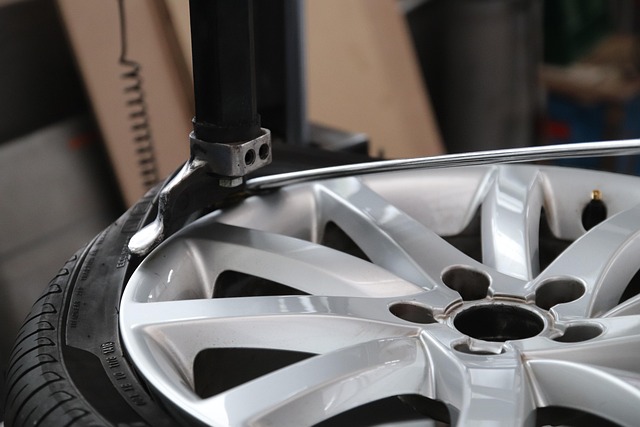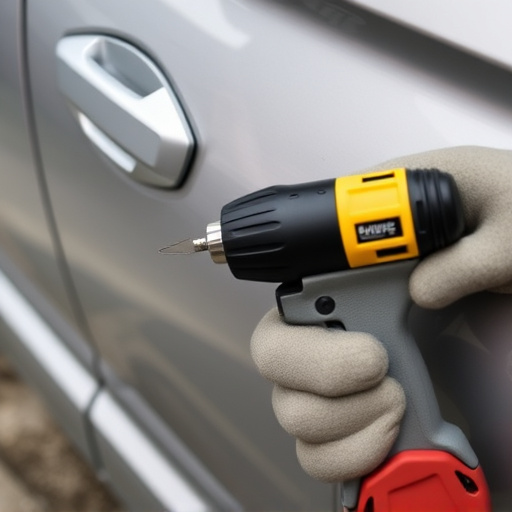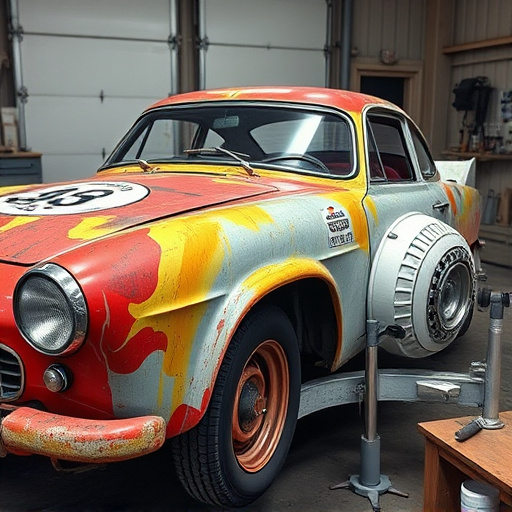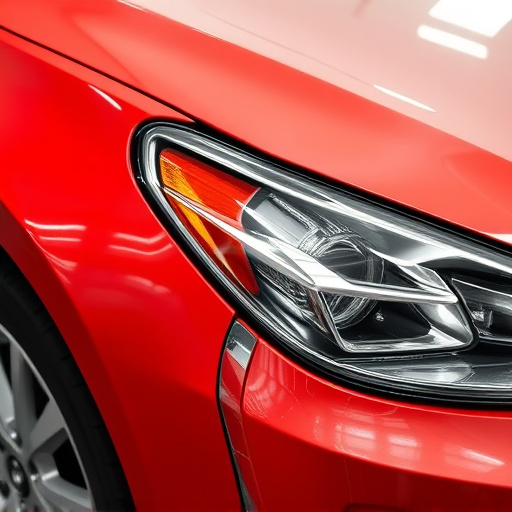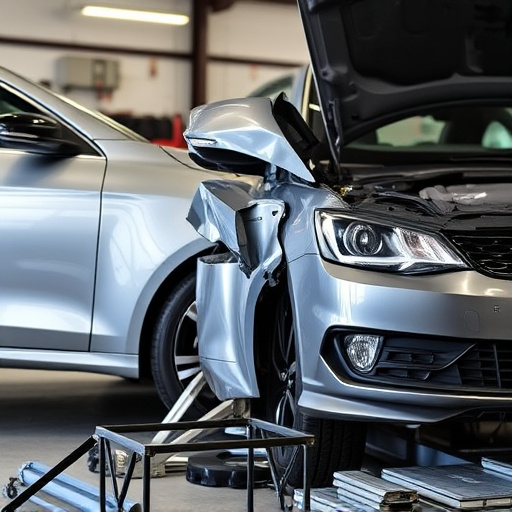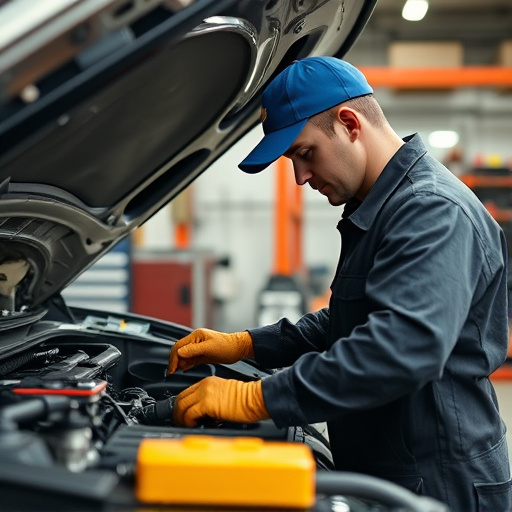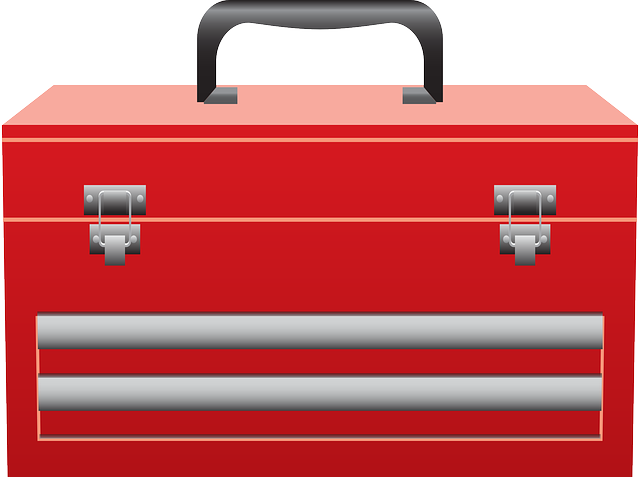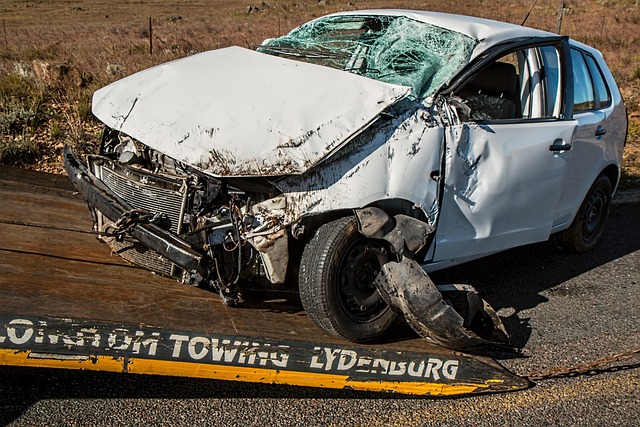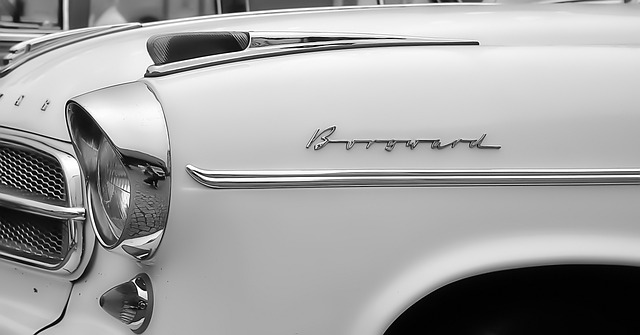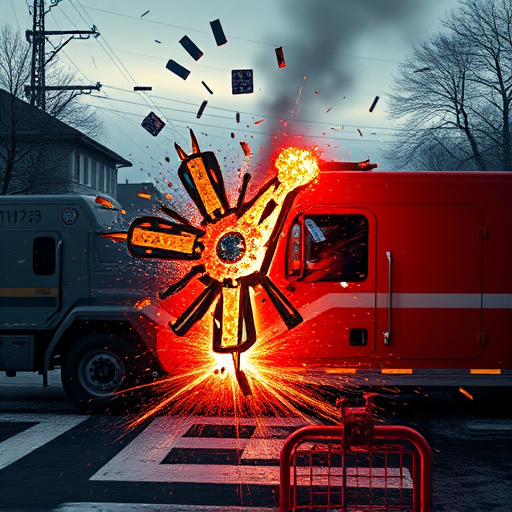Car frame damage repair feasibility varies based on damage scope and severity, from minor bends correctable by specialists to severe structural compromise. Severe cases requiring deep automotive engineering knowledge are unsafe for realigning or welding. If replacing components is prohibitive or unsafe, consulting professionals is crucial. For significant deformations or compromised integrity, complete frame replacement is recommended due to safety and cost considerations, as specialized repairs may not be effective.
Car frame damage, often considered the backbone of a vehicle’s structure, can be challenging to mend. Understanding the degrees and types of frame damage is crucial before deciding on repairability. If traditional methods fail, it might not be feasible to restore the car to its original state. This article delves into the signs and considerations that indicate when car frame repair is no longer an option, exploring alternatives like replacement or specialized repairs to ensure safety and practicality.
- Understanding Car Frame Damage: Degrees and Types
- When Repair Becomes Unviable: Indicators and Considerations
- Exploring Alternatives: Replacement vs. Specialized Repairs
Understanding Car Frame Damage: Degrees and Types
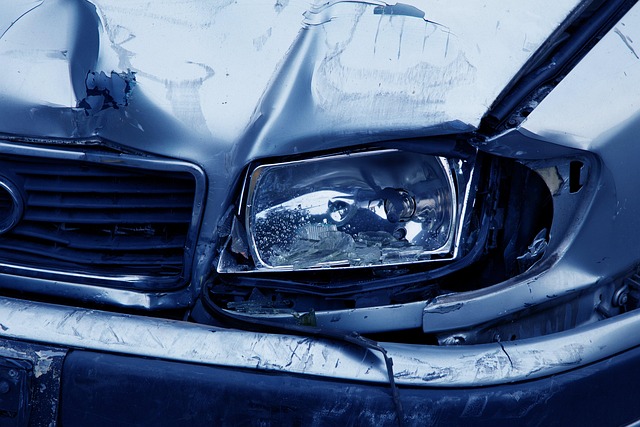
Car frame damage can vary greatly in scope and severity, from minor bends to extensive structural compromise. Understanding these different degrees and types is crucial when considering whether car frame damage repair is feasible. In the aftermath of a collision or accident, assessing the vehicle’s condition is the first step. Minor frame damage may include straightening of panels, aligning of components, and modest welding repairs. These are typically addressed by collision repair services, which have specialized tools and technicians to return the car to its pre-incident condition.
However, severe frame damage often involves more than just visual imperfections. It can lead to misalignment of critical structural elements, compromising the vehicle’s safety and handling. Such cases demand not just skilled auto maintenance but also a thorough understanding of automotive engineering. If the damage is such that these components cannot be safely realigned or replaced, it may be that car frame damage repair is no longer feasible. In such scenarios, it’s important to consult with professionals who can accurately assess and communicate the limitations and implications of attempting to repair the frame.
When Repair Becomes Unviable: Indicators and Considerations
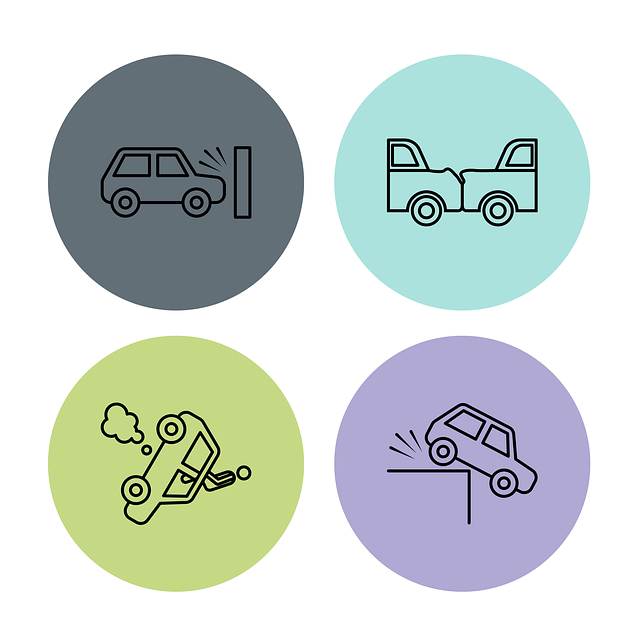
When considering car frame damage repair, understanding when it’s no longer feasible is paramount. Several indicators point to the fact that attempting to fix severe car frame damage may be unviable. The complexity and extent of the damage play a significant role; major structural components like the chassis, frames, or unibody cannot be safely realigned or welded back together if they are significantly bent, twisted, or broken. In such cases, auto bodywork becomes more than just a repair—it’s a complete reconstruction.
Furthermore, the cost of car frame damage repair can be prohibitive, especially for older vehicles or those with limited resale value. Vehicle repair services often require specialized equipment and highly skilled technicians to accurately assess and address the damage, and these costs add up quickly. While car paint repair might be feasible for cosmetic issues, structural integrity is non-negotiable. If the damage compromises the safety and stability of the vehicle, it’s crucial to prioritize safety and consider replacement as the more responsible option.
Exploring Alternatives: Replacement vs. Specialized Repairs
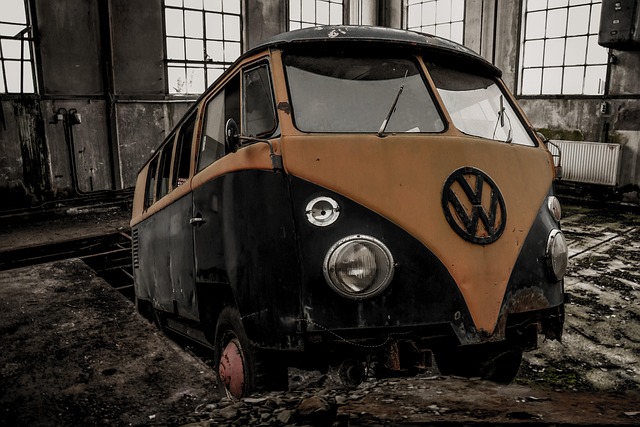
When exploring options for car frame damage repair, it’s crucial to understand that not all repairs are feasible or advisable. In severe cases, replacement might be the only viable alternative. Auto collision repair experts often recommend replacing a car’s frame if it has been significantly deformed or compromised due to the extent of the damage. This decision is based on safety and structural integrity considerations.
While specialized car frame damage repair techniques can address certain issues, there comes a point where these efforts are no longer effective. In such scenarios, considering a complete replacement for both the frame and potentially other critical components within the car bodywork services spectrum becomes necessary. Choosing between replacement and specialized repairs depends on factors like the severity of the damage, availability of parts, cost implications, and ensuring the vehicle meets safety standards post-repair or replacement.
In many cases, severe car frame damage may render repair no longer feasible or cost-effective. Understanding the nuances of car frame damage and when to consider alternative solutions like replacement is crucial for making informed decisions. When repair options become limited, exploring specialized repairs or opting for a replacement vehicle can help ensure safety and peace of mind on the road.
